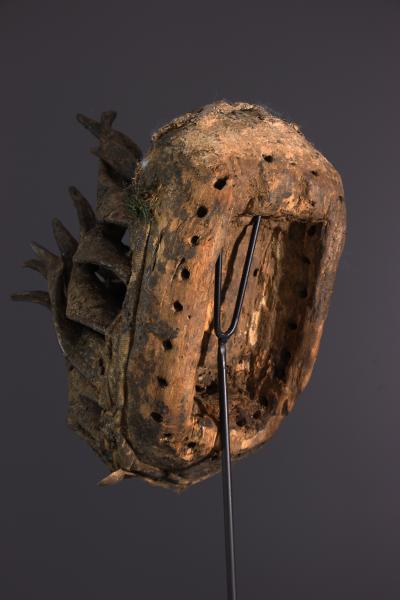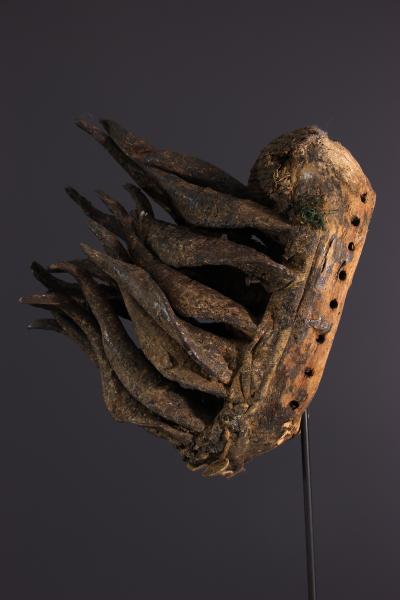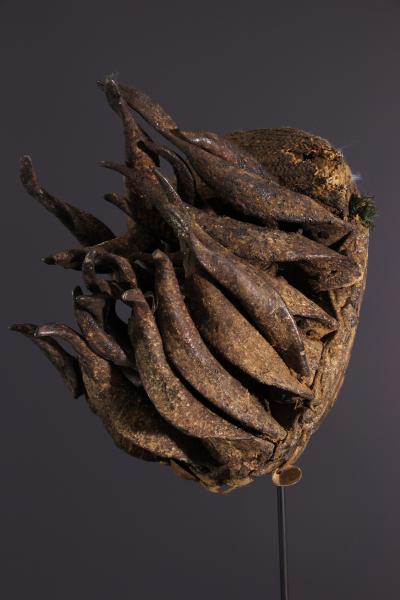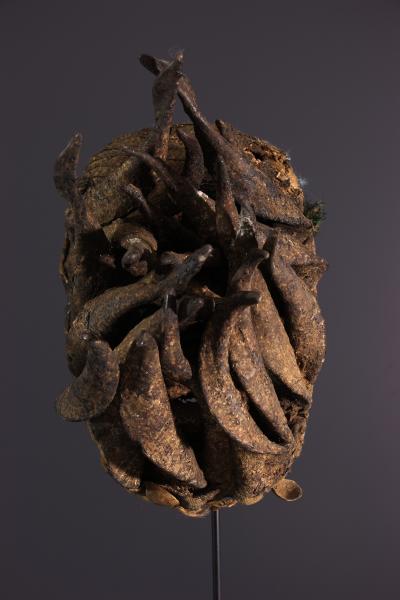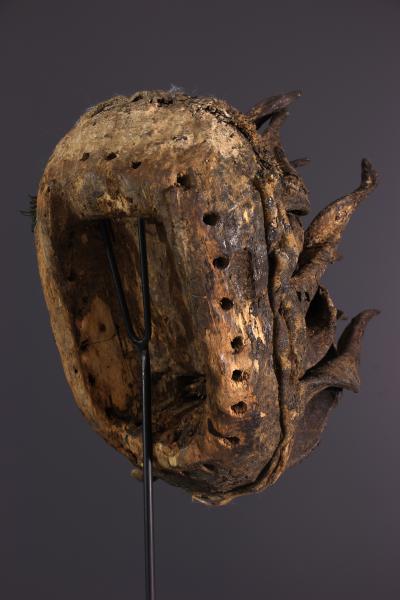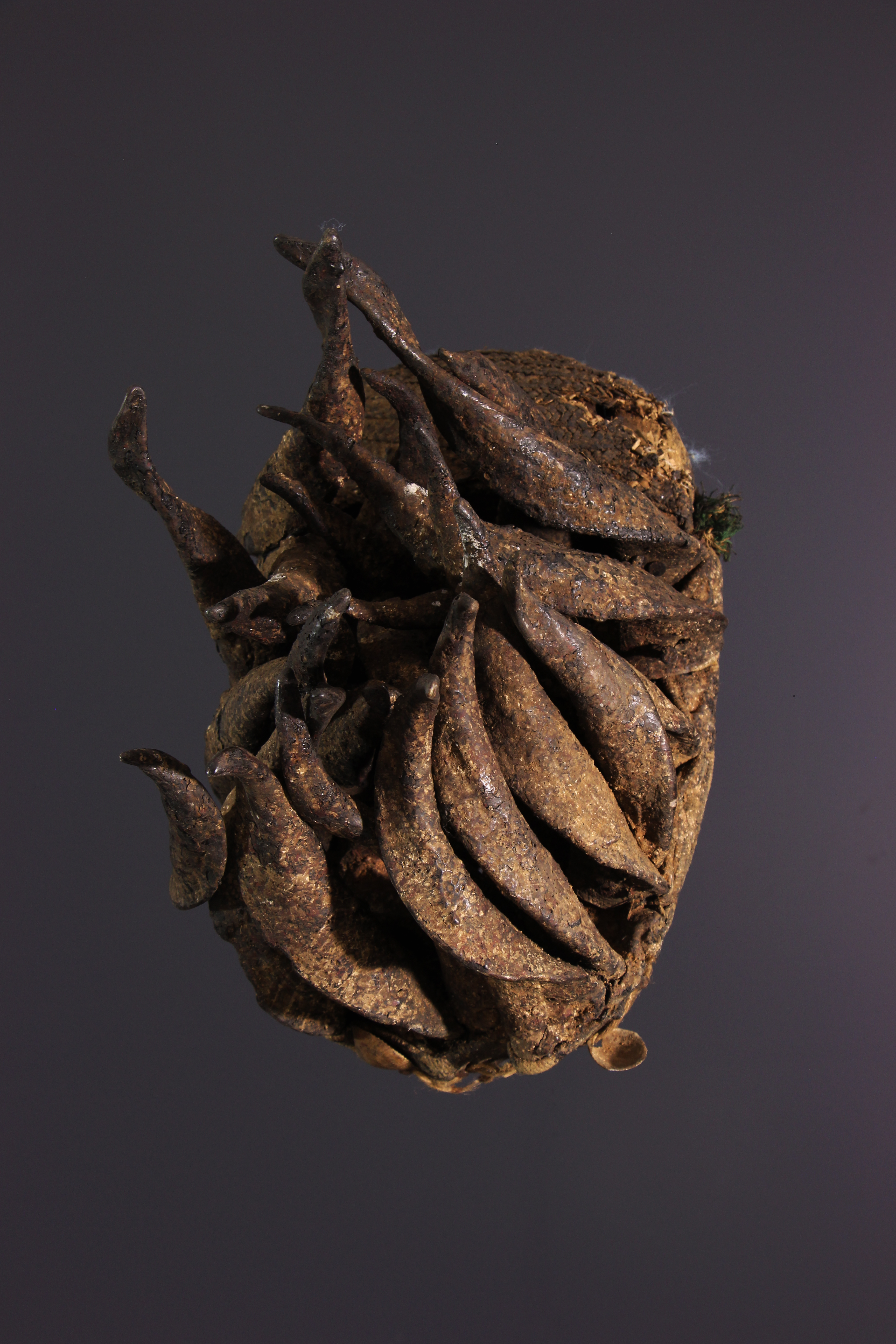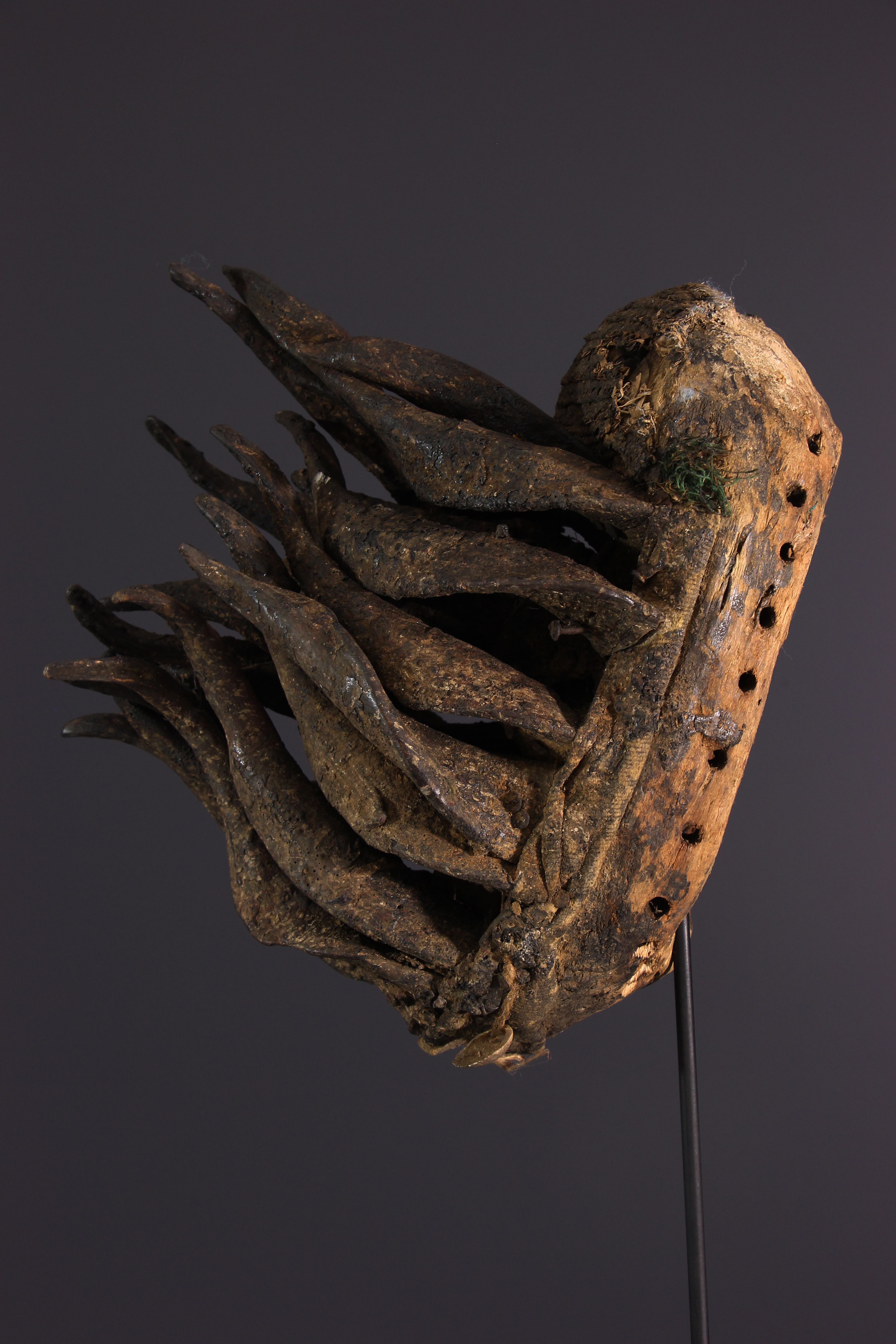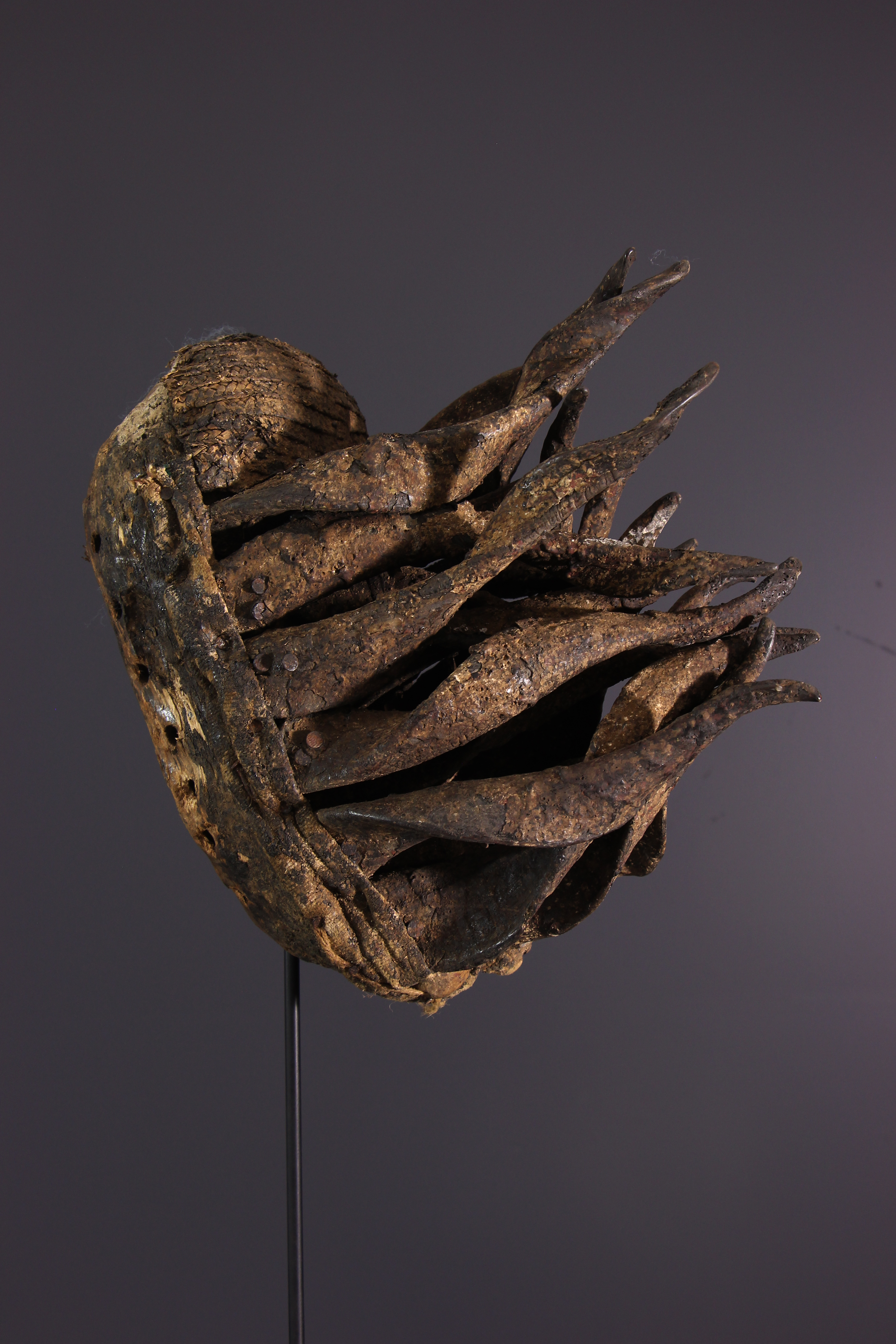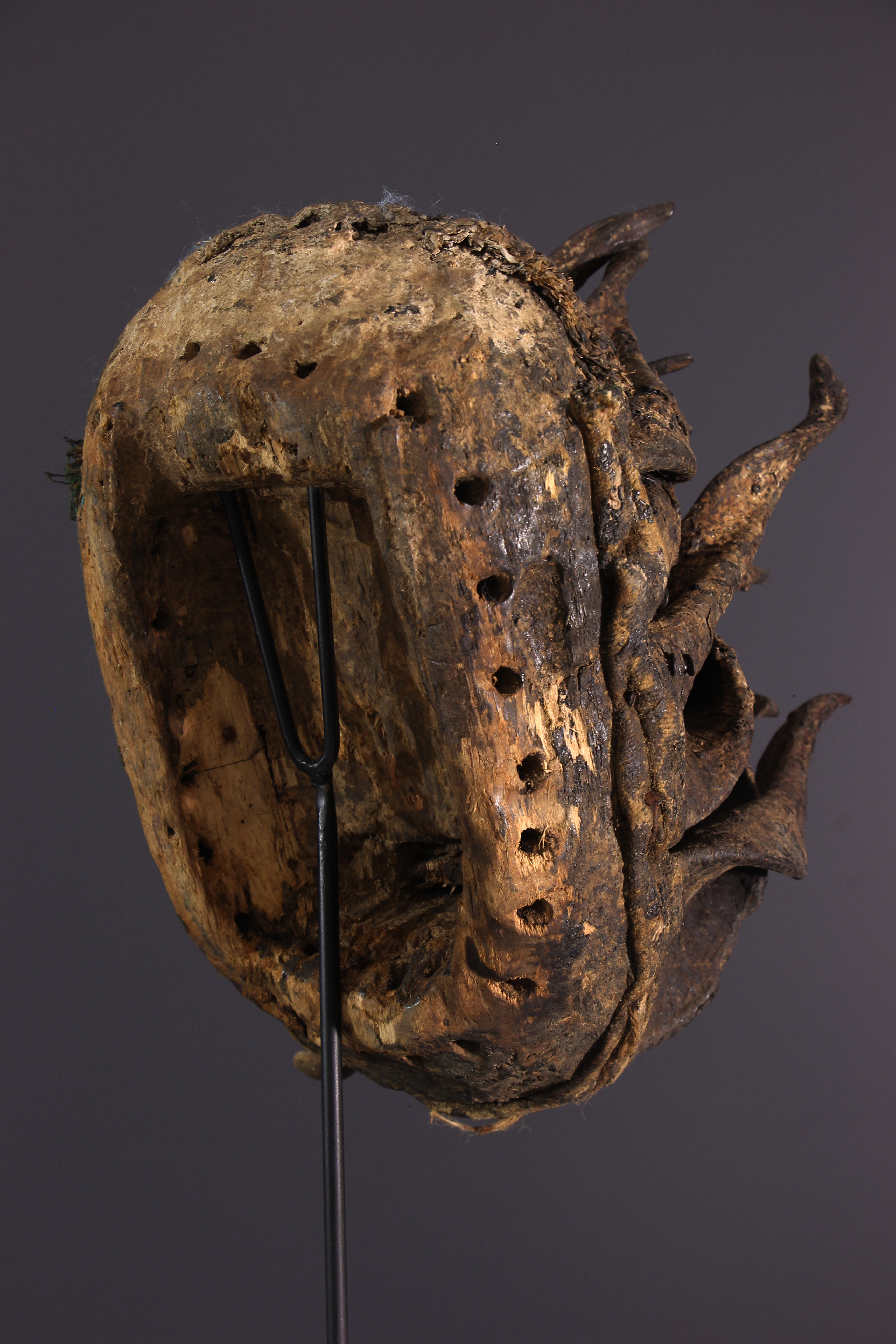Retour
Browse catalogue
-
-
- Alex Katz(1)
- Alexander Calder(21)
- André Derain(88)
- Andy Warhol(21)
- Antoni Tapiès(9)
- Arman(26)
- Aurélie Nemours(1)
- Bengt Lindström(7)
- Bernard Buffet(166)
- César(5)
- Charles Eames(1)
- Charlotte Perriand(17)
- Claude Weisbuch(33)
- Corneille van Beverloo(12)
- Eduardo Chillida(11)
- François Morellet(1)
- Georges Braque(70)
- Gustav Klimt(7)
- Hans Bellmer(17)
- Hans Hartung lithograph(23)
- Henri Matisse(130)
- Hervé Télémaque(6)
- Jacques Villeglé(3)
- Jean Cocteau(241)
- Jean Hélion(7)
- Jean Miotte(5)
- Jean Picart Le Doux(3)
- Joan Miro(112)
- Karel Appel(1)
- Keith Haring(7)
- Ladislas Kijno(3)
- Léonard Tsugouharu Foujita(49)
- Leonor Fini(99)
- Louis Toffoli(7)
- Marc Chagall(258)
- Marie Laurencin(46)
- Maurice de Vlaminck(32)
- Maurice Utrillo(11)
- Max Ernst(29)
- Mimmo Rotella(4)
- Niki de Saint Phalle(2)
- Pablo Picasso(378)
- Peter Klasen(3)
- Philippe Pasqua(3)
- Pierre Alechinsky(35)
- Pierre Soulages lithographs(35)
- Pierre Tal-Coat(6)
- Pierre-Yves Trémois(30)
- Raoul Dufy(45)
- Robert Combas(9)
- Salvador Dali(388)
- Théo Tobiasse(3)
- Valério Adami(30)
- Victor Vasarely(5)
- Yves Brayer(43)
- Zao Wou-Ki(11)
Top artists -
-
Retour
Browse catalogue
-
-
- Alex Katz(1)
- Alexander Calder(21)
- André Derain(88)
- Andy Warhol(21)
- Antoni Tapiès(9)
- Arman(26)
- Aurélie Nemours(1)
- Bengt Lindström(7)
- Bernard Buffet(166)
- César(5)
- Charles Eames(1)
- Charlotte Perriand(17)
- Claude Weisbuch(33)
- Corneille van Beverloo(12)
- Eduardo Chillida(11)
- François Morellet(1)
- Georges Braque(70)
- Gustav Klimt(7)
- Hans Bellmer(17)
- Hans Hartung lithograph(23)
- Henri Matisse(130)
- Hervé Télémaque(6)
- Jacques Villeglé(3)
- Jean Cocteau(241)
- Jean Hélion(7)
- Jean Miotte(5)
- Jean Picart Le Doux(3)
- Joan Miro(112)
- Karel Appel(1)
- Keith Haring(7)
- Ladislas Kijno(3)
- Léonard Tsugouharu Foujita(49)
- Leonor Fini(99)
- Louis Toffoli(7)
- Marc Chagall(258)
- Marie Laurencin(46)
- Maurice de Vlaminck(32)
- Maurice Utrillo(11)
- Max Ernst(29)
- Mimmo Rotella(4)
- Niki de Saint Phalle(2)
- Pablo Picasso(378)
- Peter Klasen(3)
- Philippe Pasqua(3)
- Pierre Alechinsky(35)
- Pierre Soulages lithographs(35)
- Pierre Tal-Coat(6)
- Pierre-Yves Trémois(30)
- Raoul Dufy(45)
- Robert Combas(9)
- Salvador Dali(388)
- Théo Tobiasse(3)
- Valério Adami(30)
- Victor Vasarely(5)
- Yves Brayer(43)
- Zao Wou-Ki(11)
Top artists -
-
Create My Account
Ivory Coast - Bete Mask
Ivory Coast
Bete Mask, circa 1950
Ex-Luxembourg collection
Accompanied by its certificate of authenticity
Dimensions: 39 x 28 cm / 3.2 kg
Wood, horns, shells, metal, raffia
Optional pedestal (Contact us)
The presence of entangled animal horns which join at the front gives this African mask from the Bete ethnic group a fantastical appearance. The flat surface on which the horns were fixed with nails, hardened cloth strips, was fitted with an opening, hidden between the horns, to allow for the wearer to see. The forehead is surrounded by canvas made from thin strips of braided raffia. Plant libations cover the whole mask, giving the piece a crusty patina mingling with red ocher. Seashells held by a cord would clink during the evolutions of the dancer.
It is mainly in west Ivory Coast that the Bete employ masks whose style has been influenced by the society of the Gla masks of the Wobe and Guere populations, both called We or "men who forgive easily", belonging to the Krou cultural group, these traditions having been transmitted to them and taught by the Nyabwa. With warlike origins but also involved in the resolution of conflicts, this sacred mask is worn accompanied by amulets which protect its wearer against witchcraft with its power. In order to strengthen his power through the exercise of customary justice, these masks are at the disposal of the chief.
Bete Mask, circa 1950
Ex-Luxembourg collection
Accompanied by its certificate of authenticity
Dimensions: 39 x 28 cm / 3.2 kg
Wood, horns, shells, metal, raffia
Optional pedestal (Contact us)
The presence of entangled animal horns which join at the front gives this African mask from the Bete ethnic group a fantastical appearance. The flat surface on which the horns were fixed with nails, hardened cloth strips, was fitted with an opening, hidden between the horns, to allow for the wearer to see. The forehead is surrounded by canvas made from thin strips of braided raffia. Plant libations cover the whole mask, giving the piece a crusty patina mingling with red ocher. Seashells held by a cord would clink during the evolutions of the dancer.
It is mainly in west Ivory Coast that the Bete employ masks whose style has been influenced by the society of the Gla masks of the Wobe and Guere populations, both called We or "men who forgive easily", belonging to the Krou cultural group, these traditions having been transmitted to them and taught by the Nyabwa. With warlike origins but also involved in the resolution of conflicts, this sacred mask is worn accompanied by amulets which protect its wearer against witchcraft with its power. In order to strengthen his power through the exercise of customary justice, these masks are at the disposal of the chief.
End of sale
This item is not available. Please click on « View the catalog » to see similar items available.
Hotline
Please contact us for any question regarding this object. For any other inquiry, we invite you to fill the contact form.
Other items from the category « Bété Guerré »
This should also please you
Ask a question




